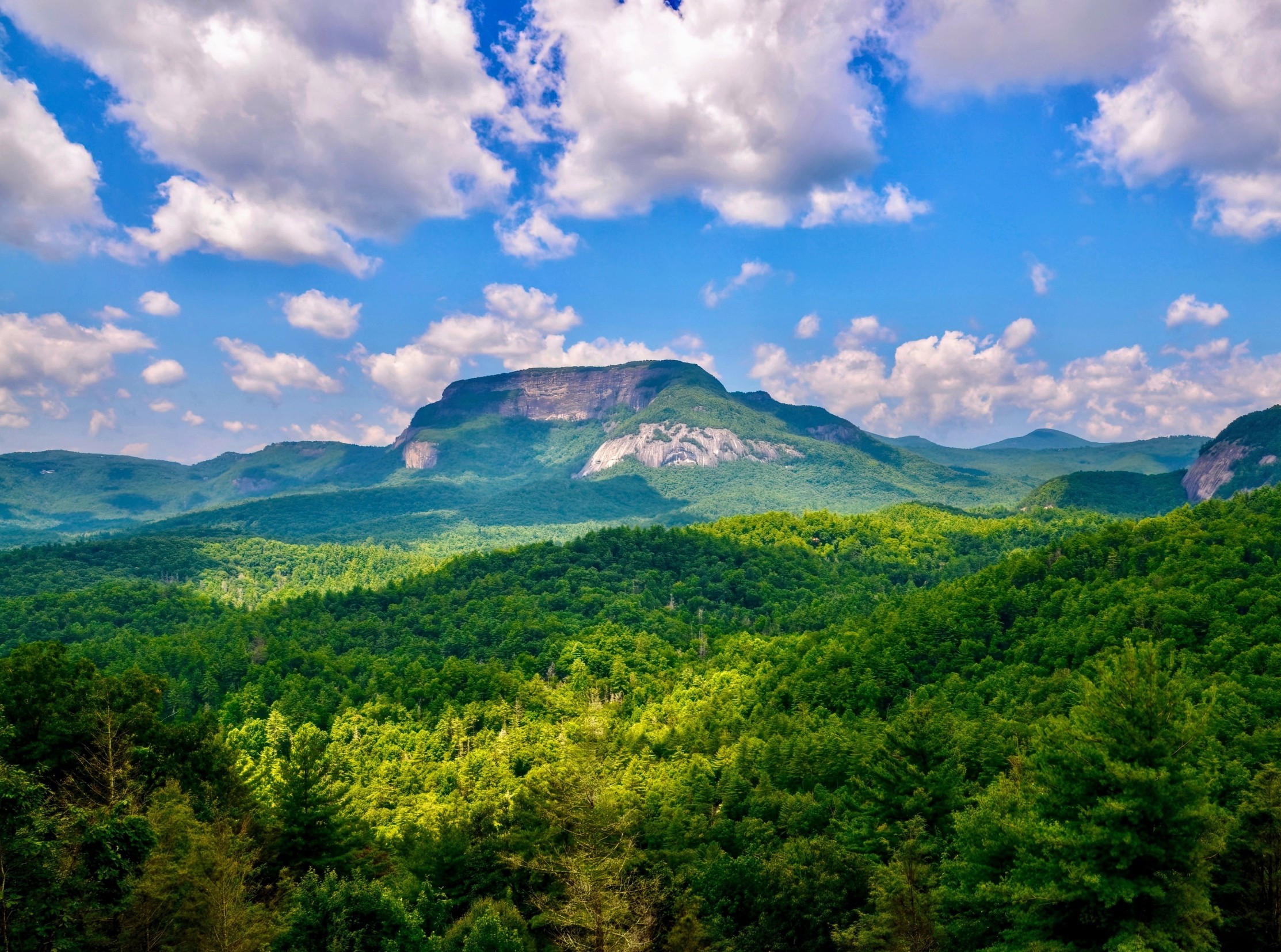A massive pocket of unusually hot rock buried deep under the Appalachian Mountains might be a lingering echo of ancient tectonic shifts that split Greenland from North America 80 million years ago.
This strange heat zone – known as the Northern Appalachian Anomaly (NAA) – sits about 200 kilometers beneath New England.
For a long time, scientists thought it was a remnant from when North America tore away from Northwest Africa around 180 million years ago.
But new research from scientists at the University of Southampton, the Helmholtz Centre for Geosciences in Germany, and the University of Florence in Italy points to a different story.
Appalachian Mountains are still rising
The Northern Appalachian Anomaly spans about 350 kilometers and is hotter than the surrounding mantle. But it likely didn’t form where it is today.
According to the researchers, this zone of heat may have originated over 1,800 kilometers away, near the Labrador Sea – between Greenland and Canada – when those landmasses began to split apart between 90 and 80 million years ago.
Since then, the anomaly has likely crept southwest across the base of the North American continent, traveling at roughly 20 kilometers per million years.
“This thermal upwelling has long been a puzzling feature of North American geology,” said Professor Tom Gernon from the University of Southampton.
“It lies beneath part of the continent that’s been tectonically quiet for 180 million years, so the idea it was just a leftover from when the landmass broke apart never quite stacked up.”
Heat helps the Appalachians rise
According to Professor Gernon, the team’s research suggests the heat zone is part of a much larger, slow-moving process deep underground that could potentially help explain why mountain ranges like the Appalachians are still standing.
“Heat at the base of a continent can weaken and remove part of its dense root, making the continent lighter and more buoyant, like a hot air balloon rising after dropping its ballast.”
“This would have caused the ancient mountains to be further uplifted over the past few million years.”
How heat moves under continents
The researchers used seismic imaging, geodynamic simulations, and tectonic plate reconstructions to understand how the anomaly formed and where it came from.
The team’s work leans on a recent theory they’ve proposed, known as “mantle wave” theory. It describes how pieces of hot, dense rock peel away from the base of tectonic plates and migrate slowly under continents – similar to blobs floating in a lava lamp.
The slow, deep movements can have surprising effects at the surface, from creating areas of uplift to triggering rare volcanic activity.
Heat beneath the Appalachians is moving
“These convective instabilities cause chunks of rock, several tens of kilometers thick, to slowly sink from the base of the Earth’s outer layer known as the lithosphere,” said Professor Sascha Brune of the Helmholtz Centre for Geosciences.
“As the lithosphere thins, hotter mantle material rises to take its place, creating a warm region known as a thermal anomaly.”
“Our earlier research shows that these ‘drips’ of rock can form in series, like domino stones when they fall one after the other, and sequentially migrate over time. The feature we see beneath New England is very likely one of these drips, which originated far from where it now sits.”
If their model is correct, the Northern Appalachian Anomaly will likely continue its slow southwestward journey. In about 15 million years, it may sit directly beneath the New York region. Its current size and depth match what models predict for these types of migrating thermal zones.
A mirror beneath Greenland
Interestingly, the team believes a similar heat anomaly exists beneath north-central Greenland – likely formed at the same time, on the opposite side of the Labrador Sea, when the landmasses split.
Beneath Greenland, this heat zone affects how the ice sheet above moves and melts. “Ancient heat anomalies continue to play a key role in shaping the dynamics of continental ice sheets from below,” said Professor Gernon.
According to Dr. Derek Keir, a co-author from the University of Southampton, the idea that rifting of continents can cause drips and cells of circulating hot rock at depth that spread thousands of kilometers inland makes us rethink what we know about the edges of continents both today and in Earth’s deep past.
Deep Earth forces remain active
The findings add to a growing body of evidence showing that deep Earth processes can stay active long after surface plate movements have stopped.
Even places like the Appalachians -geologically quiet for millions of years – are still shaped by what’s happening far below.
“Even though the surface shows little sign of ongoing tectonics, deep below, the consequences of ancient rifting are still playing out,” said Professor Gernon. “The legacy of continental breakup on other parts of the Earth system may well be far more pervasive and long-lived than we previously realised.”
The full study was published in the journal Geology.
—–
Like what you read? Subscribe to our newsletter for engaging articles, exclusive content, and the latest updates.
Check us out on EarthSnap, a free app brought to you by Eric Ralls and Earth.com.
—–
